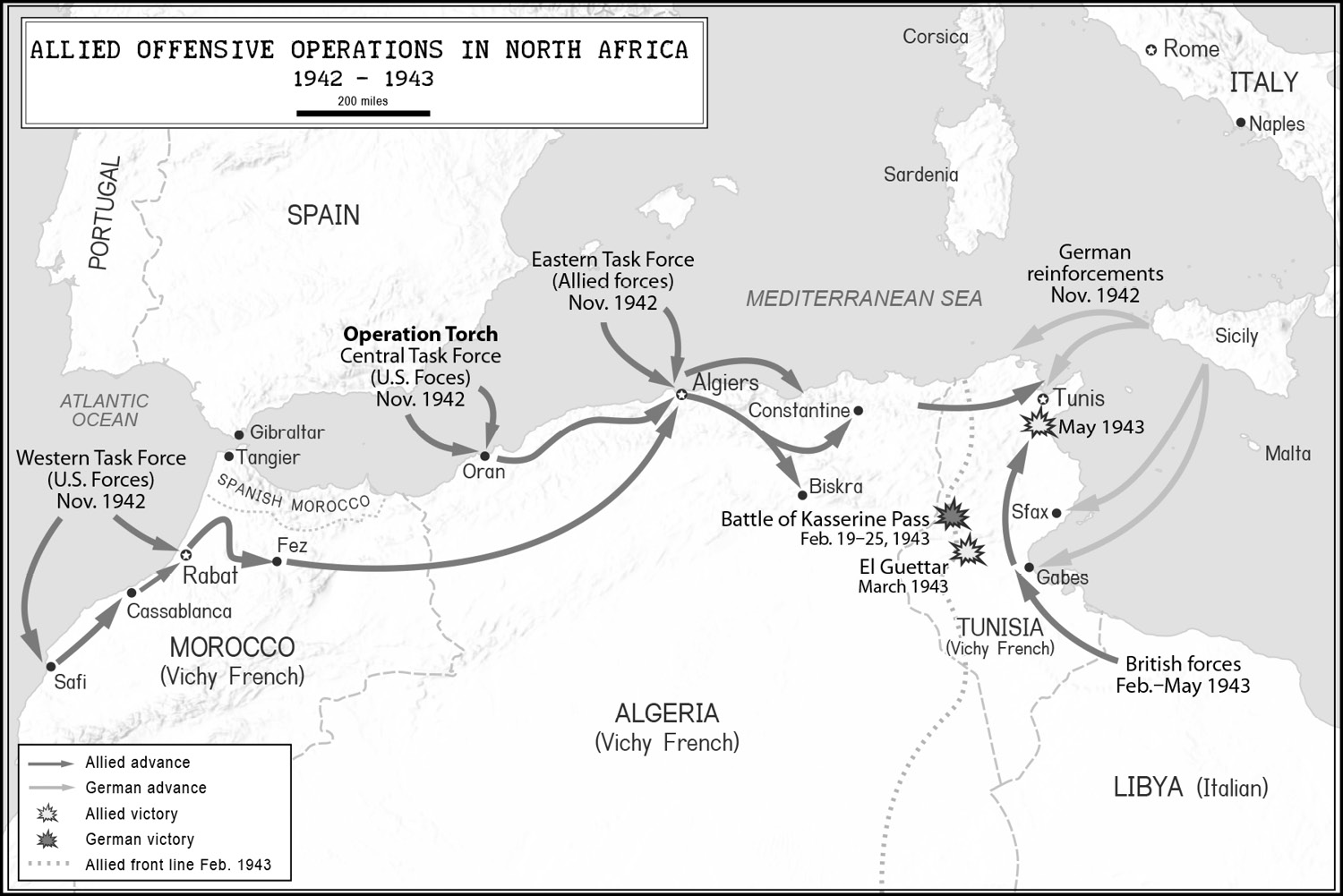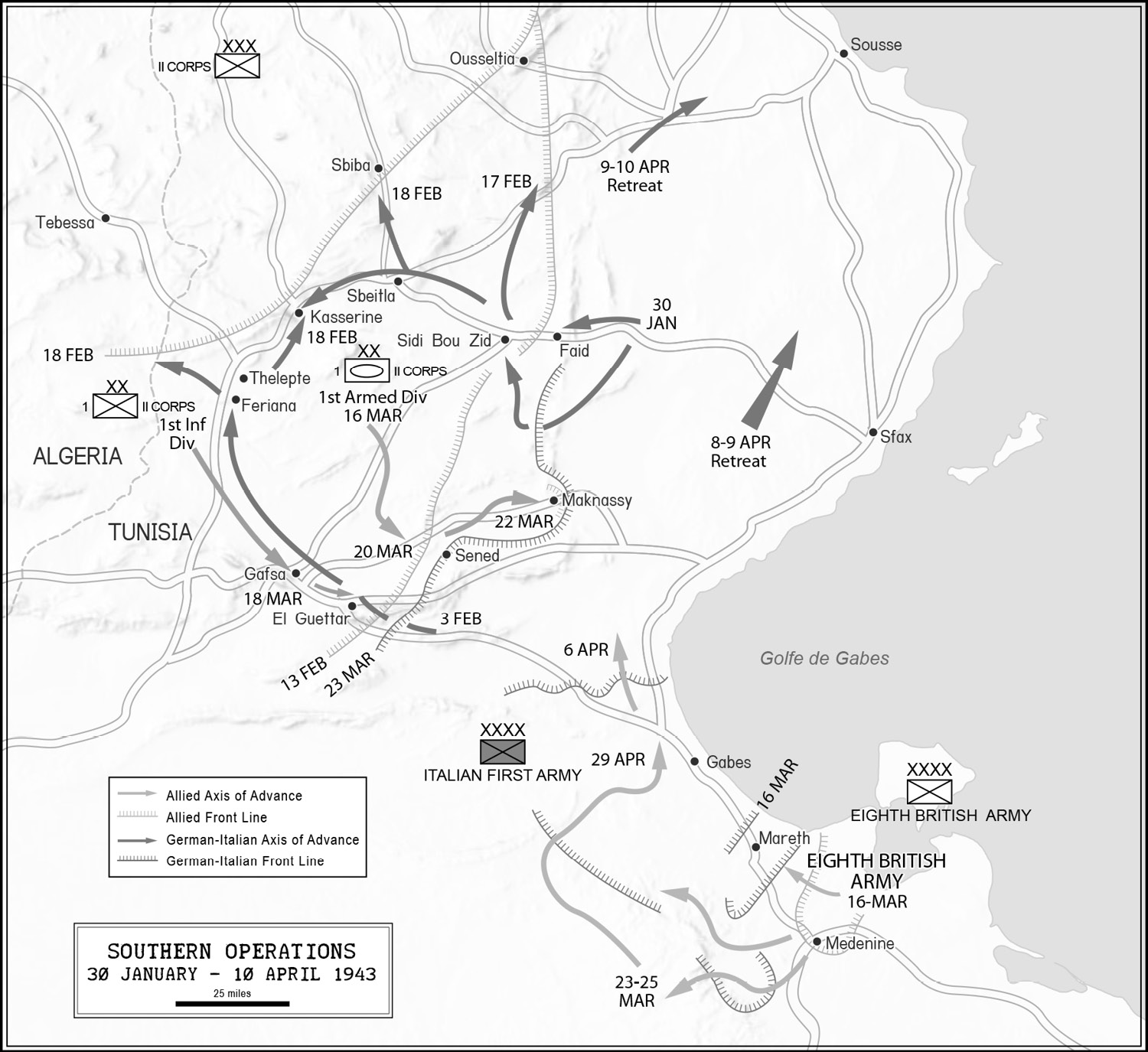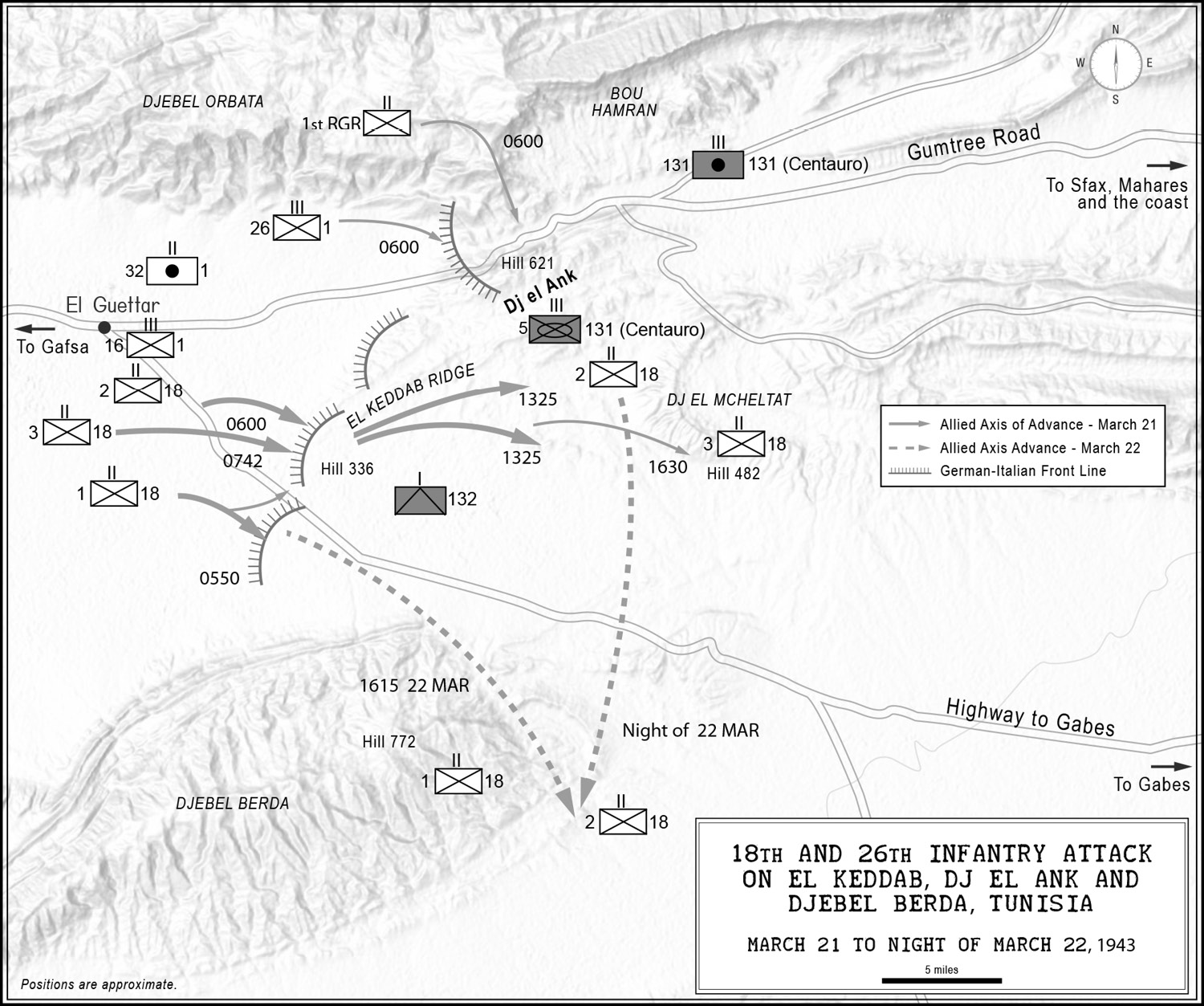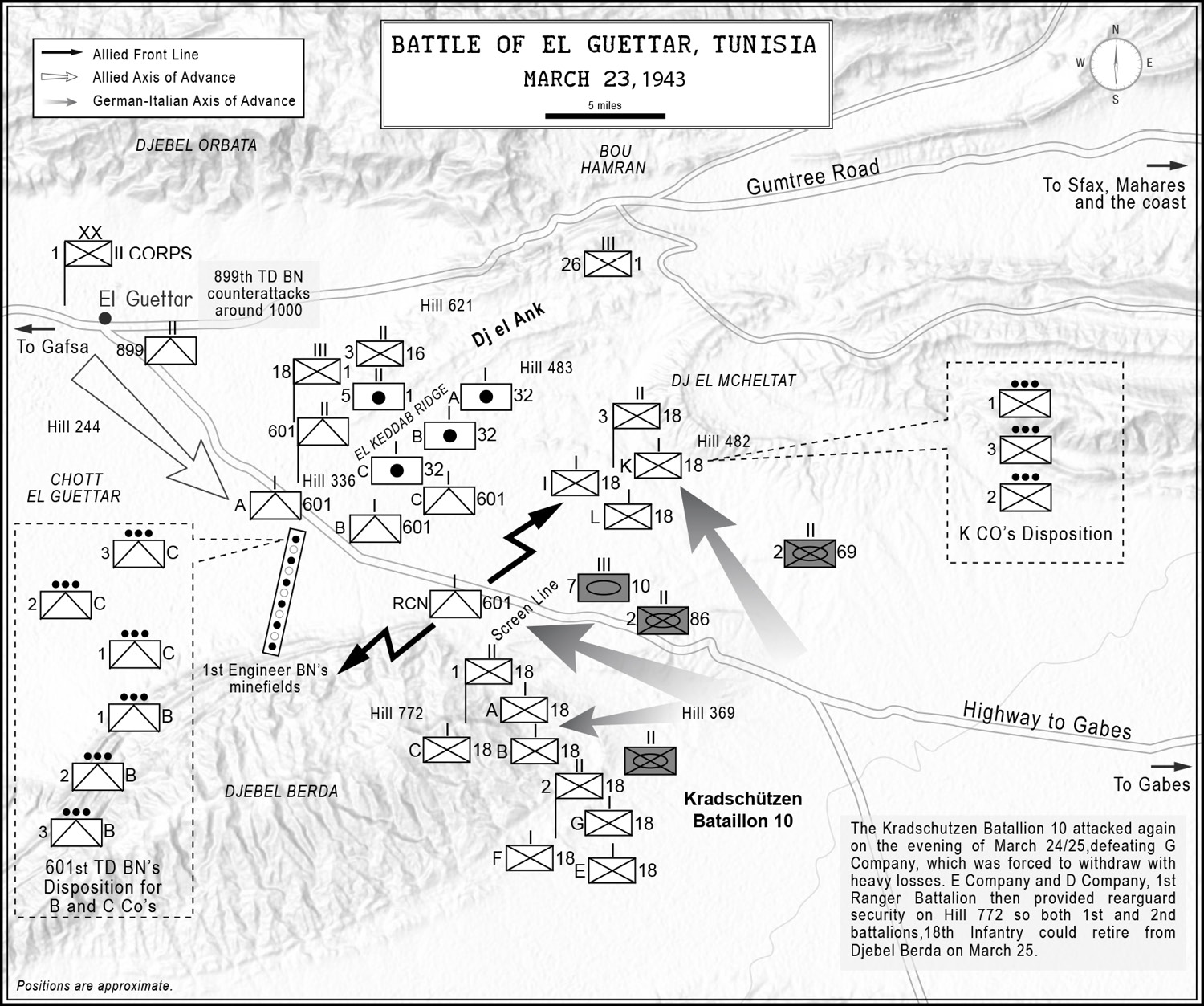Pattons First Victory
Pattons First Victory
How General George Patton Turned the Tide in North Africa and Defeated the Afrika Korps at El Guettar
Leo Barron
Stackpole
Books
Guilford, Connecticut
Published by Stackpole Books
An imprint of Globe Pequot
Trade Division of The Rowman & Littlefield Publishing Group, Inc.
4501 Forbes Boulevard, Suite 200, Lanham, Maryland 20706
Distributed by NATIONAL BOOK NETWORK
800-462-6420
Copyright 2018 Leo Barron
All rights reserved. No part of this book may be reproduced in any form or by any electronic or mechanical means, including information storage and retrieval systems, without written permission from the publisher, except by a reviewer who may quote passages in a review.
British Library Cataloguing in Publication Information available
Library of Congress Cataloging-in-Publication Data
Names: Barron, Leo, author.
Title: Pattons first victory : how General George Patton turned the tide in North Africa and defeated the Afrika Korps at El Guettar / Leo Barron.
Other titles: How General George Patton turned the tide in North Africa and defeated the Afrika Korps at El Guettar
Description: Guilford, Connecticut : Stackpole Books, [2018] | Includes bibliographical references and index.
Identifiers: LCCN 2017010958 (print) | LCCN 2017019161 (ebook) | ISBN 9780811766074 (e-book) | ISBN 9780811718325 (hardback)
Subjects: LCSH: World War, 19391945CampaignsTunisia. | Patton, George S. (George Smith), 18851945Military leadership.
Classification: LCC D766.99.T8 (ebook) | LCC D766.99.T8 B36 2018 (print) | DDC 940.54/2311dc23
LC record available at https://lccn.loc.gov/2017010958
 The paper used in this publication meets the minimum requirements of American National Standard for Information SciencesPermanence of Paper for Printed Library Materials, ANSI/NISO Z39.48-1992.
The paper used in this publication meets the minimum requirements of American National Standard for Information SciencesPermanence of Paper for Printed Library Materials, ANSI/NISO Z39.48-1992.
Printed in the United States of America
Preface
Purple Heart Boxes versus Panzers
Before us in the valley was an entire panzer division.
Captain Sam Carter, D Company, 1st Battalion, 18th Infantry
0500 to 0625 Hours, Tuesday, March 23, 1943
El Guettar, Tunisia
C Company, 601st Tank Destroyer Battalion
Panzersthe valley below was crawling with them. Lumbering along at twenty kilometers an hour, they were an unstoppable army of metal elephants roaming across the savannah. Even worse, several were Mk IV G variantsthe newest addition to Hitlers arsenal. Mounting a long-barreled 7.5cm gun, it could penetrate the frontal armor on the American M4A2 Sherman tank at a range of a thousand meters. In contrast, the standard M4A2 Sherman, with its stubby 75mm gun, had to close within 100 meters to penetrate the front glacis of the Mk IV. Fortunately for the Americans, no Shermans were there waiting for the panzers to destroy them. Unfortunately, there were no other tanks in the immediate vicinity. All the hapless GIs had were the M3 tank destroyers of the 601st Tank Destroyer Battalion.
Despite the name, the soldiers quickly learned that the M3 was lousy at tank destroying. Though it had a mounted 75mm gun, it was a relic from World War I, unlike the more modern German tank guns. In fact, the original design was French and from 1897, predating tanks altogether.
Worse, the M3 was a deathtrap. The soldiers named it the Purple Heart Box because of its lack of armor. With an open top and -inch metal skin, it was vulnerable to artillery fire, heavy machine guns, and spit wads.
Alas, the M3 Gun Motor Carriage (GMC) was all the Americans had on the hills around El Guettar. Bill R. Harper from Mount Pleasant, Texas, was a driver in one of the Purple Heart Boxes. He had been in the army since 1939, enlisting at the age of nineteen because he could not find any other work. Asked about the advantages of the M3, Harper remarked, chuckling, There wasnt too many good points about it.
Captain Herbert E. Sundstrom was Harpers commander. He had nothing positive to say about the M3 Halftrack Tank Destroyer. Everyone knew this was a joke, wrote Sundstrom. Realistically we recognized that the army had to get something quick and this was the stop-gap. It certainly beat the towed guns we originally had. The gun was less than 1,000 velocity [ sic ] and it had limited traverse. Armor plate might deflect machine-gun fire but nothing bigger.
Unfortunately, Harpers lackluster M3 was all the Americans had to square off against the panzers. The young Texan knew they were in for a fight as the panzer procession crept up the valley as he gripped the steering wheel on his half-track, waiting for the order to move to a new position. He rehearsed the fire commands in his mind, hoping that his muscle memory would assist his driving. If the 75mm peashooter was not in the right position, he would have to jam the stick shift into reverse and drive the box backwards.
Backing up the M3 was not like backing up a car, though. Harper described the hazards of navigating a half-track in a postwar interview: Because those tracks are pushing you forward, Harper said, if you try to turn too fast youll throw a track.
The Lone Star soldier probably wondered how he ended up driving a steel coffin like the M3. When Harper enlisted in 1939, he signed up to be a cannon cocker in D Battery, 5th Field Artillery. Then the panzers ripped through France. Then Yugoslavia. Then Greece. Then North Africa. And finally Russia. Realizing that horse cavalry and good intentions were not enough to lick the Nazis, the U.S. Army shifted its focus to killing tanks. General George C. Marshall, the Chief of Staff of the Army, knew the United States was far behind the Wehrmacht and immediately ordered the establishment of tank and tank destroyer battalions.
D Battery was one of the units slated for reflagging, becoming C Company, 1st Provisional Antitank Battalion, on August 19, 1941. Several months later, on December 15, 1941, the Battalion officially became the 601st Tank Destroyer Battalion. Its first post was Fort Devens, Massachusetts, and its first commander was Maj. (later Lt. Col.) Herschel D. Baker.
Like Harper, Baker was a red legan artillery soldier. First Lieutenant Edward L. Josowitz, an officer in the 601st, described Baker as a two hundred and twenty pound, rolly-polly [ sic ], cherubic looking, foghorn-voiced ball of fire. The Old Man was a battle wise veteran of World War I, a showman, something of a martinet with his officers but proud-as-hell of his outfit and 100% for his men.
Next page
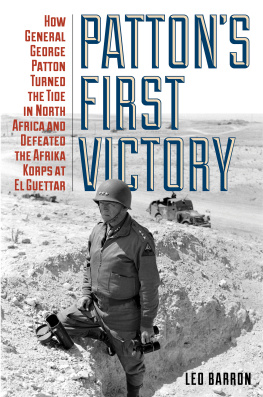


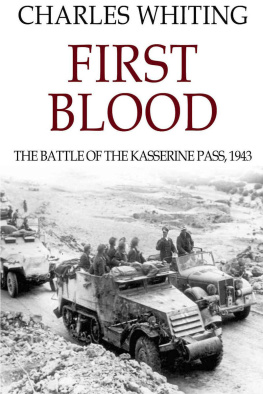


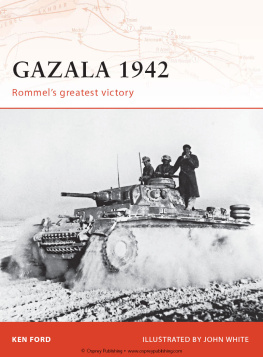
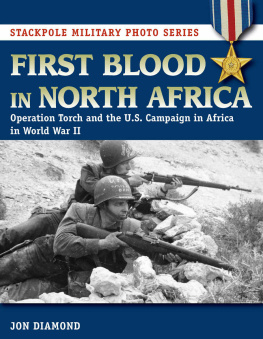
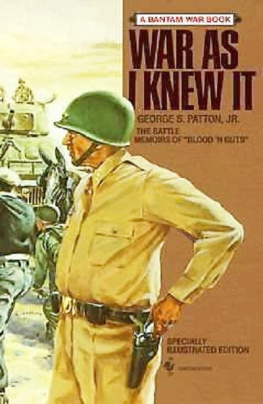
 The paper used in this publication meets the minimum requirements of American National Standard for Information SciencesPermanence of Paper for Printed Library Materials, ANSI/NISO Z39.48-1992.
The paper used in this publication meets the minimum requirements of American National Standard for Information SciencesPermanence of Paper for Printed Library Materials, ANSI/NISO Z39.48-1992.
